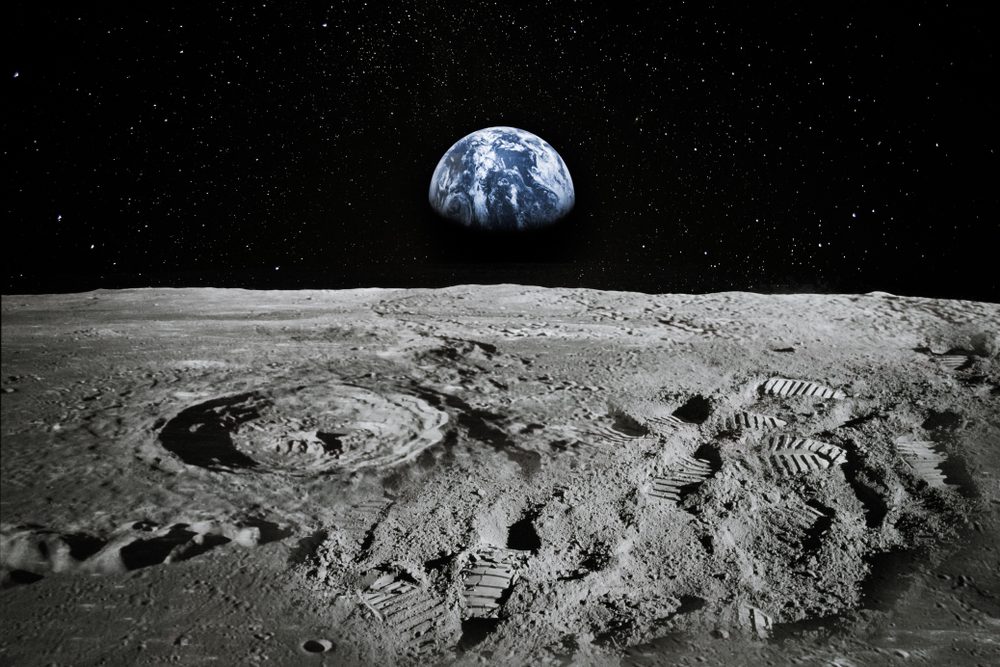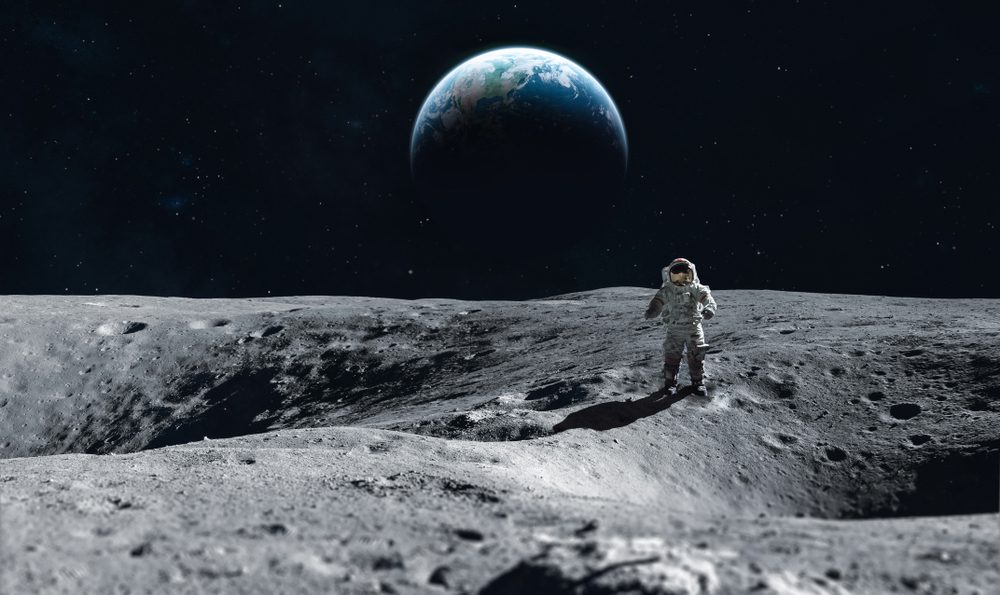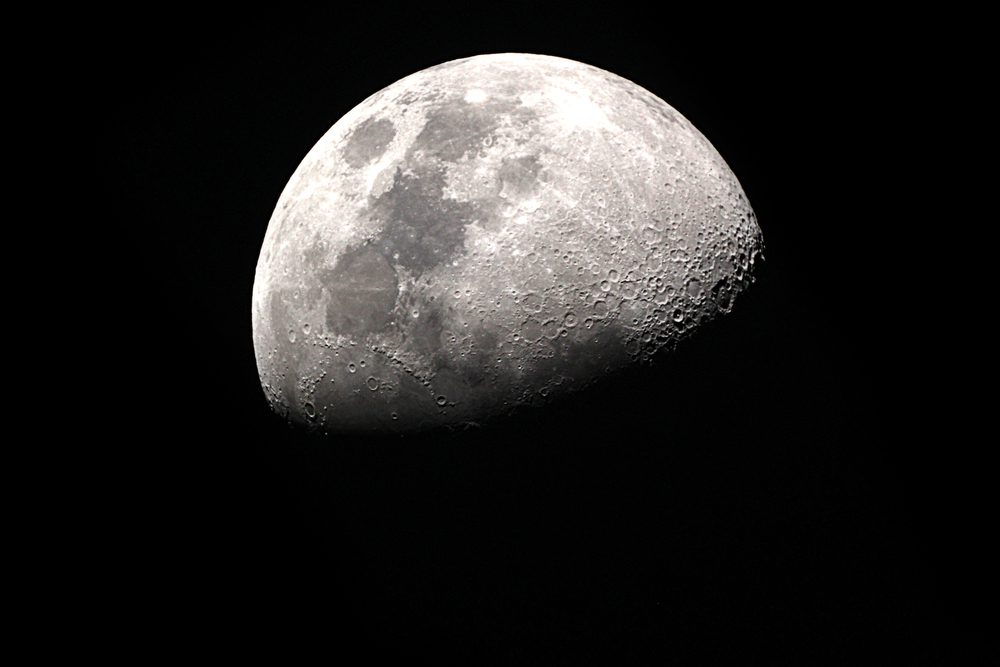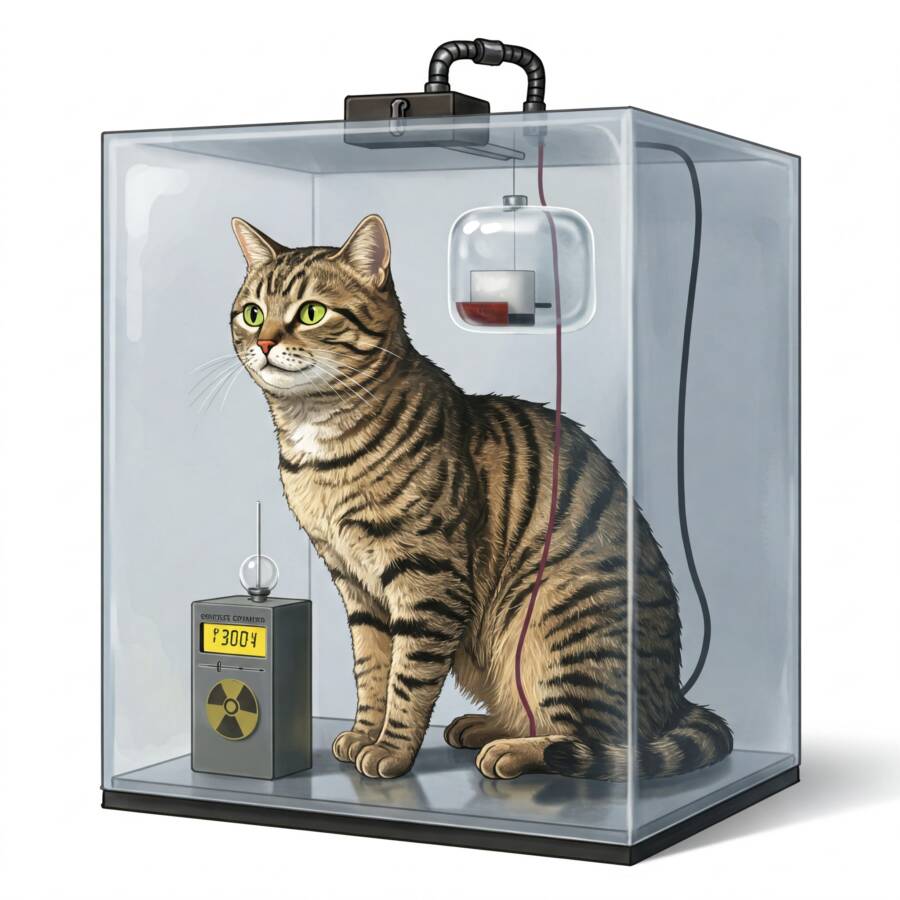Could the Moon support life? Let’s find out!
You’ve probably wondered if the moon could support life in case our planet has a significant problem and is destroyed by an asteroid, or if it would be so polluted that it couldn’t support humanity anymore.
We know that there were many space missions conducted by NASA in which they tried to gather as much information about the things that are in the universe as possible. We’ve heard about large amounts of money and time-consuming projects and technologies that could allow successful space resource utilization.
Since we know that one of the most important things that help us live is oxygen, researchers were curious and determined to find the best way to produce oxygen on our natural satellite, the Moon.
A couple of years ago, NASA and the Australian Space Agency signed a deal to send a rover that was made in Australia to the Moon under the popular Artemis program, with the main objective of collecting lunar rocks that could ultimately provide breathable oxygen on the Moon.
So, could the moon support life? Well, although it has an atmosphere, it’s way thinner compared to the one on Earth, and it mostly consists of carbon, hydrogen, and neon. This isn’t the right type of gaseous mixture that could sustain oxygen-dependent creatures, such as humans, animals, or insects.
Sol, let’s answer this question: could the moon support life or not?

Is there enough oxygen?
Experts discovered that there’s a lot of oxygen on the moon, but it’s not in gaseous form, as we need it. This necessary chemical component is trapped inside regolith, which is the layer of fine dust and rock that covers the entire surface of the moon.
But this makes us wonder: if scientists were able to extract the much-needed oxygen from regolith, could the Moon support life? Because it would be an amazing backup plan in case of a severe disaster.
We can find oxygen in a lot of the minerals in the ground around us, and the Earth’s natural satellite is mainly made of the same rocks you’ll find on our planet. But there are some differences, such as the fact that the moon hosts a larger amount of material that comes from meteors.
Magnesium oxides, silica, iron, and aluminum are minerals that monopolize the Moon’s landscape, and all of them are rich in oxygen. The only problem is that they are not the right ones for our lungs.
If there’s enough good oxygen, could the moon support life?
There are people who think that the Moon’s surface layer is lunar “soil”, but not all scientists like to refer to this in the same way. Soil, as we all know it, is an incredible stuff that is only noticeable on Earth, and it has been formed thanks to an ample array of organisms working on the soil’s parent material, which means regolith, derived from very hard rock, a process that happened over millions of years.
Moreover, the result is a combination of minerals that weren’t there in the initial rocks. Our planet’s soil is imbued with miraculous biological, physical, and chemical characteristics.
In comparison to the soil you see on Earth, the soil on the Moon is basically regolith in its original form, but we still have no idea if the Moon could support life, even if there are similarities between them.
So, could the Moon support life? This is a tough question, so keep reading!

Could the Moon support life? What about the substances that are present on its surface?
Let’s go back to oxygen, because this is one of the most important parts of this conversation, especially if we want to have more details on whether the Moon could support life or not.
We already talked about the regolith on the surface of the Earth’s natural satellite, but what we didn’t mention is that it is made of roughly 45% oxygen. However, that special oxygen is deeply bound to those necessary minerals we previously mentioned.
In order to break those durable bonds apart and maybe determine if the moon could support life, scientists need to put a lot of energy into it. But it is not that simple. If you know what electrolysis is, you’re probably aware of this process, but not everyone knows it, so let’s talk a bit about it so we can go further to your topic: could the Moon support life?
On our planet, the processes we’ve previously talked about are mainly used in manufacturing, like aluminum production. This material is separated from the oxygen by passing an electrical current through alumina, which is a liquid form of aluminum oxide, via electrodes. In this case, the oxygen is produced as a simple byproduct.
Could the Moon support life? Well, probably not, because on the surface of this Earth’s natural satellite, much-needed oxygen would be the main product, and aluminum and maybe other metals extracted would be a possibly useful byproduct.
While it might not seem like a complicated process, it’s not that simple either because it requires a lot of energy. In order for this to be sustainable and to be able to respond to our question (Could the Moon support life?) this process should be supported by a powerful source of energy, such as solar or other types of energy sources that are available on the Moon.

So, what’s the final answer: could the moon support life?
Experts said that one of the things that could make the situation a little better is extracting oxygen from regolith, but this is easier said than done because it requires a lot of industrial equipment. The first thing they’ll have to do is convert solid metal oxide into liquid form, which can be obtained by applying simple heat or heat that is mixed with electrolytes or solvents.
Scientists say that while they have this type of smart technology on Earth, moving the entire massive apparatus to the Moon and obtaining enough energy to run it will cost them a lot of pain, money, time, and overall important resources.
Let’s say that scientists will eventually be able to pull off this job about oxygen. Could the moon support life then? They said that they would be able to produce a lot of oxygen because each cubic meter of lunar regolith is home to no less than 1.4 tons of minerals and roughly 1,388 pounds of oxygen.
According to NASA, an individual needs to breathe around 1,76 pounds of oxygen a day to survive and do their things, so over 1000 pounds of oxygen could help keep an individual alive for approximately 2 years and maybe a bit more in some cases.
If we’re optimistic and assume that the ordinary depth of regolith on the Moon’s surface is around 10 meters and that scientists will be able to extract all the oxygen from this, we could obtain some pretty impressive results. So, could the Moon support life? Not so fast!
That means that just the first ten meters of the Earth’s natural satellite’s surface could be enough to provide oxygen to support around 8 billion people for approximately 100,000 years.
So, now that we’re at the end of this article, it’s time to answer the question: could the moon support life? Probably not, because while oxygen is a major problem that could be fixed with the help of technology, time, and money, there are still other problems that make us uncertain.
For instance, on the moon, the water doesn’t rain down freely and then gathers into bodies people could drink from, as it does on our dear planet. The Moon is also not lucky to have ecosystems that could support our important and much-needed fields of agriculture, so how could people survive without food?
We have to do everything we can to protect our dear planet because its soil is what feeds us, and its atmosphere is the one that helps us have such wonderful lives.
Until we have a positive answer to our question (could the Moon support life? ), here‘s a fantastic lamp that will bring the Earth’s natural satellite closer to you!
Until next time, here’s another impressive article for you: 9 Shocking Things That Happen During Anesthesia: See How the Body Reacts to It














